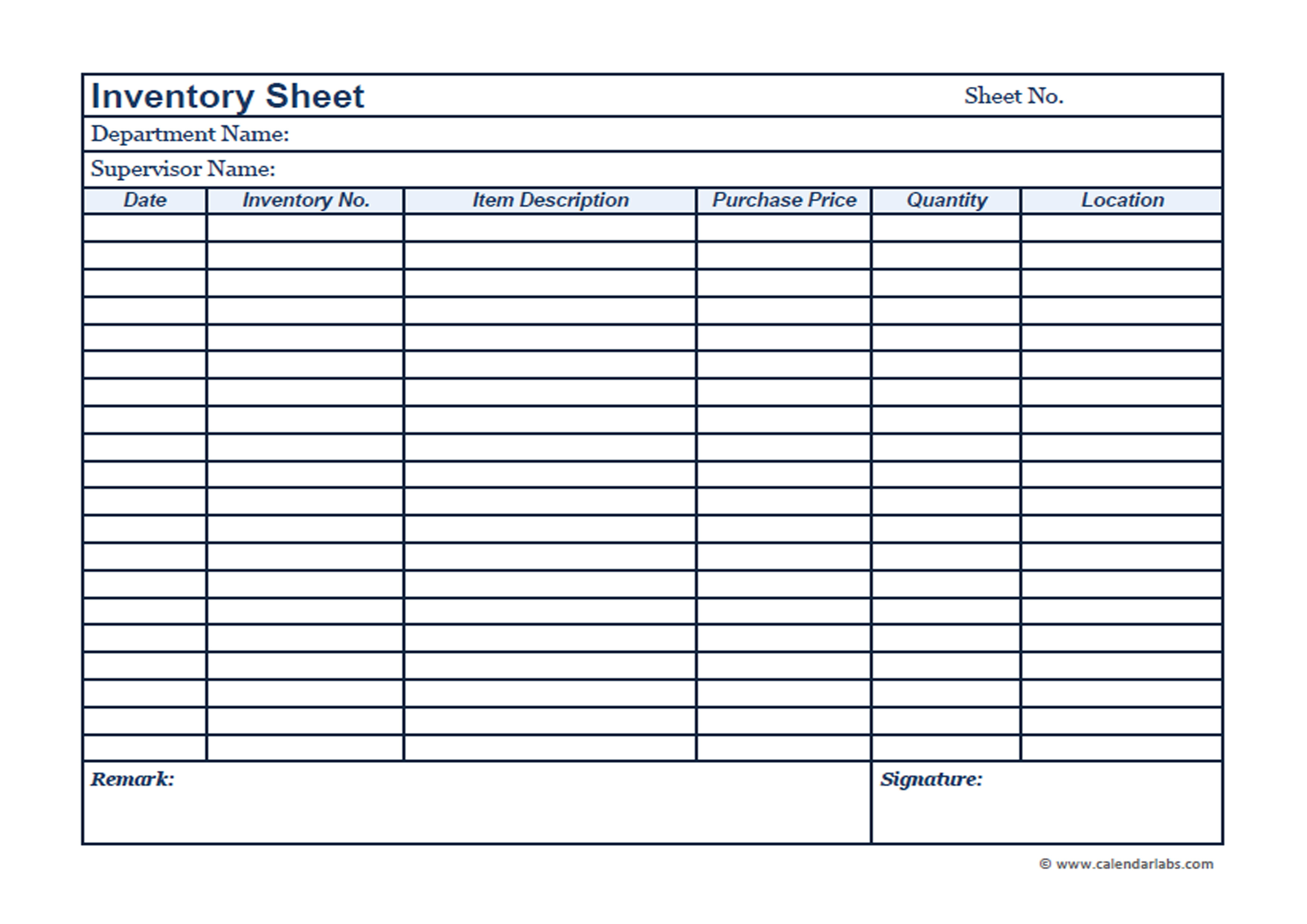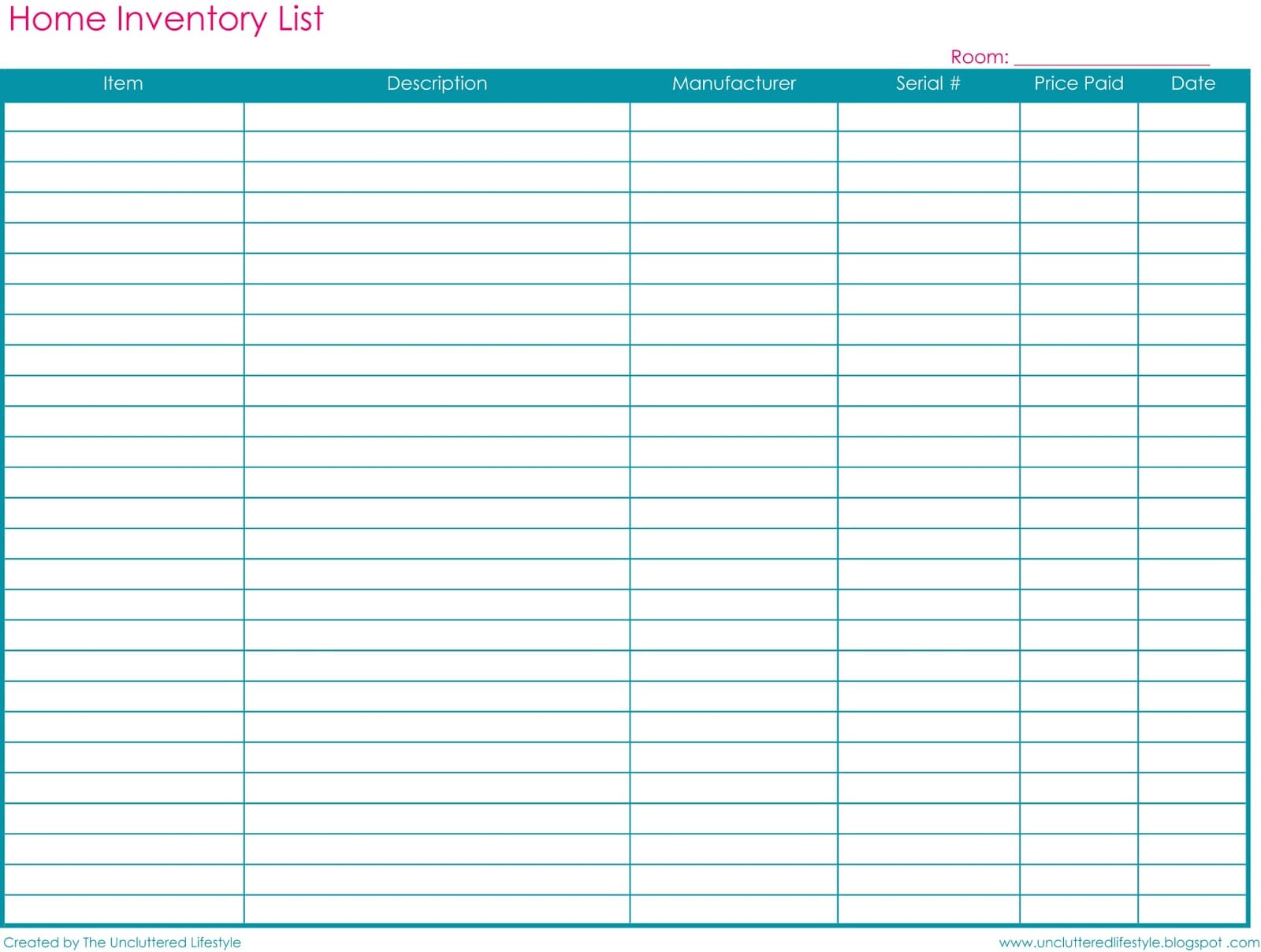Small business inventory tracking is a crucial aspect of efficient business management. By implementing effective inventory tracking systems, small businesses can gain valuable insights into their stock levels, optimize their supply chain, and ultimately increase their profitability. This comprehensive guide will delve into the various methods, software solutions, optimization techniques, and best practices for small business inventory tracking, empowering you to take control of your inventory and drive your business forward.
Understanding the importance of inventory tracking, this guide will provide you with a thorough overview of the methods available, the benefits of using inventory management software, and the best practices to ensure accuracy and efficiency in your inventory management processes.
Inventory Tracking Methods: Small Business Inventory Tracking

Inventory tracking is a crucial aspect of managing a small business, ensuring accurate record-keeping of stock levels and facilitating efficient inventory management. Various methods are available for small businesses to track their inventory, each with its own advantages and disadvantages.
Manual Systems
Manual inventory tracking involves using physical records, such as pen and paper or spreadsheets, to record inventory transactions. This method is simple and cost-effective, but it can be time-consuming and prone to errors.
- Advantages:Low cost, easy to implement.
- Disadvantages:Labor-intensive, error-prone, not suitable for large inventory volumes.
Spreadsheets
Spreadsheets, such as Microsoft Excel or Google Sheets, provide a more organized and efficient way to track inventory compared to manual systems. They allow for data entry, calculations, and formula usage, reducing the risk of errors.
- Advantages:More efficient than manual systems, customizable, allows for calculations.
- Disadvantages:Can become complex for large inventory volumes, requires manual data entry, not real-time.
Inventory Management Software
Inventory management software is a dedicated solution designed specifically for inventory tracking and management. These software offer features such as barcode scanning, automated inventory updates, and real-time reporting.
- Advantages:Accurate, real-time tracking, automates processes, reduces errors.
- Disadvantages:Can be expensive, requires setup and training, may not be suitable for all small businesses.
Factors to Consider When Choosing a Method
The choice of inventory tracking method depends on several factors, including the size of the business, the volume of inventory, the budget, and the level of accuracy required.
- Size of the business:Larger businesses with higher inventory volumes may require more sophisticated tracking methods.
- Volume of inventory:Businesses with a large number of inventory items may benefit from automated systems.
- Budget:Inventory management software can be expensive, so businesses should consider their budget constraints.
- Level of accuracy:Businesses that require high levels of accuracy should consider using automated systems or software.
Inventory Management Software

Inventory management software can be a valuable tool for small businesses, helping them to track their inventory levels, manage their orders, and optimize their supply chain. There are many different inventory management software solutions available, so it is important to choose one that is right for your business.When choosing inventory management software, there are several key features to look for:
- Real-time tracking: This feature allows you to track your inventory levels in real time, so you can always see what you have on hand.
- Automated alerts: This feature can help you to avoid stockouts by sending you alerts when your inventory levels are low.
- Reporting capabilities: This feature can help you to generate reports on your inventory levels, orders, and sales.
There are many different inventory management software solutions available, so it is important to choose one that is right for your business. Some of the most popular inventory management software solutions include:
- Fishbowl
- NetSuite
- QuickBooks
- SAP Business One
- Zoho Inventory
The pricing for inventory management software varies depending on the features and capabilities of the software. Some software solutions are available for a monthly subscription fee, while others are available for a one-time purchase.
Inventory Tracking Best Practices
Establishing effective inventory tracking practices is crucial for small businesses to maintain accurate inventory records, minimize errors, and optimize inventory management. These practices include regular inventory audits, cycle counting, and inventory reconciliation.
Regular Inventory Audits
Regular inventory audits involve physically counting and verifying the inventory on hand against the inventory records. This process helps identify discrepancies, prevent shrinkage, and ensure accuracy in inventory data.
Cycle Counting
Cycle counting involves dividing the inventory into smaller sections and counting them at regular intervals throughout the year. This approach allows businesses to identify and correct errors more frequently, reducing the risk of large-scale inventory discrepancies.
Inventory Reconciliation
Inventory reconciliation involves comparing the physical inventory count with the inventory records to identify and resolve any differences. This process ensures that the inventory records are up-to-date and accurate, reducing the likelihood of errors and improving inventory management.
By implementing these best practices, small businesses can minimize inventory errors, ensure accurate inventory records, and improve overall inventory management.
Case Studies and Examples
![]()
Small businesses that have successfully implemented inventory tracking systems have experienced significant improvements in their operations. Let’s explore a few case studies to understand the challenges they faced and the solutions they employed.
Inventory tracking is essential for businesses to maintain accurate records of their stock, ensuring they have the right products, in the right quantities, at the right time. By implementing effective inventory tracking systems, businesses can avoid stockouts, overstocking, and other costly mistakes.
Example: Small Retail Store, Small business inventory tracking
A small retail store struggled with frequent stockouts, leading to lost sales and frustrated customers. They implemented a barcode scanning system that allowed them to track inventory in real-time. This enabled them to identify fast-moving items, adjust their ordering schedule, and reduce stockouts by 40%.
Example: Online E-commerce Business
An online e-commerce business faced challenges in managing inventory across multiple warehouses. They implemented an inventory management software that integrated with their sales platform. This allowed them to track inventory levels, set reorder points, and automate inventory replenishment. As a result, they reduced inventory holding costs by 15% and improved customer satisfaction.
Ultimate Conclusion
In conclusion, small business inventory tracking is a cornerstone of effective business operations. By embracing the strategies and techniques Artikeld in this guide, you can optimize your inventory levels, reduce costs, improve customer satisfaction, and position your small business for long-term success.
Remember, efficient inventory management is not just about tracking stock; it’s about gaining control over your business’s lifeline and unlocking its full potential.
Questions Often Asked
What are the key benefits of using inventory management software?
Inventory management software offers numerous benefits, including real-time inventory tracking, automated alerts, reporting capabilities, improved accuracy, and streamlined inventory management processes.
How can I optimize my inventory levels?
To optimize inventory levels, consider using the EOQ (Economic Order Quantity) formula, implementing safety stock levels, and leveraging data analytics to make informed decisions.
What are the best practices for inventory tracking in small businesses?
Best practices for inventory tracking include regular inventory audits, cycle counting, inventory reconciliation, and minimizing inventory errors to ensure accurate inventory records.
